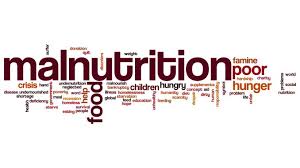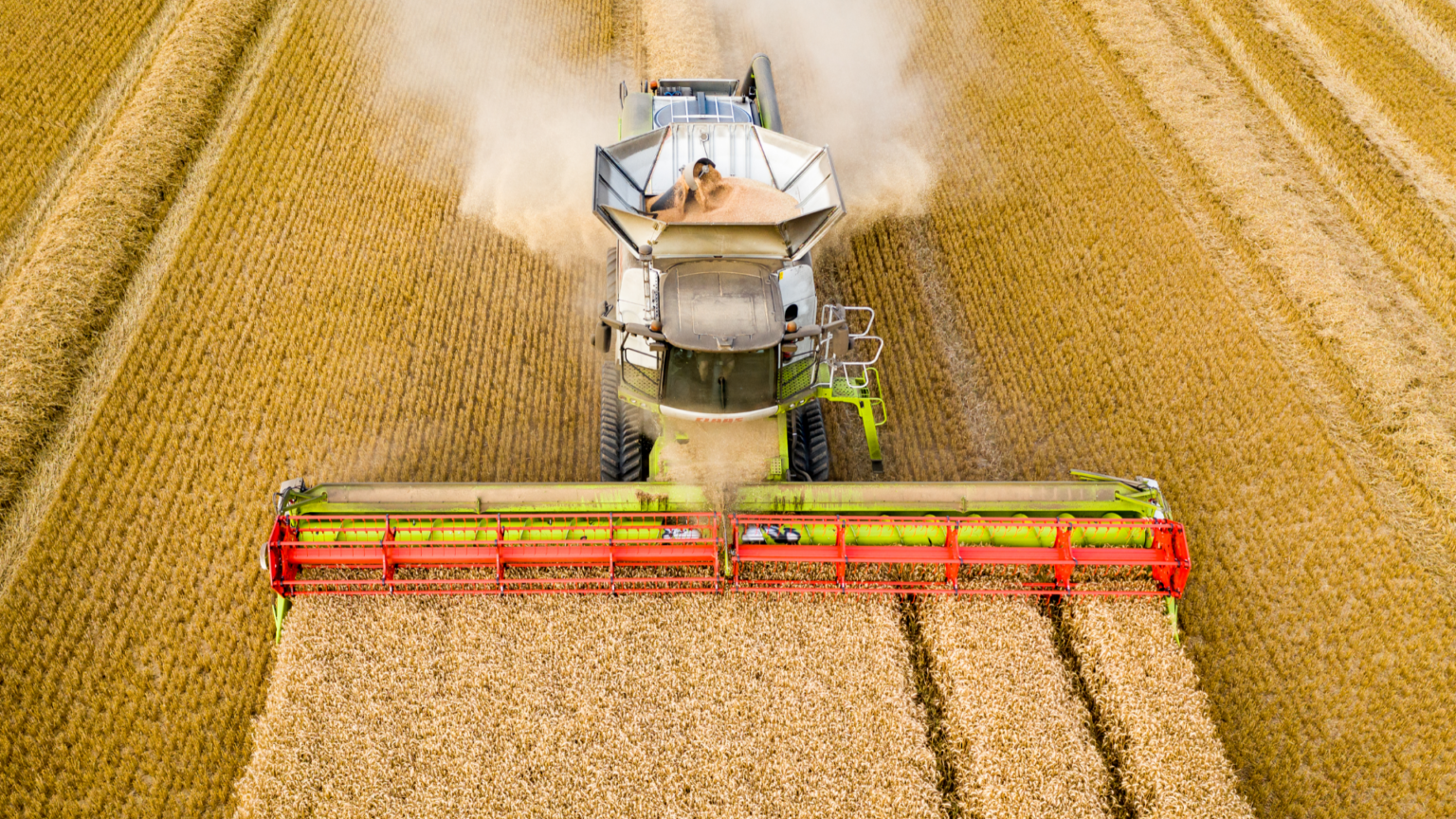At least one in five children in southeastern Madagascar are severely malnourished and in urgent need of food assistance after harvests in the area were destroyed in last year’s cyclones, medical charity Médecins Sans Frontières (MSF) said on Saturday.According to the charity, an “alarming situation” is unfolding in Madagascar’s Vatovavy-Fitovinany and Atsimo-Atsinanana regions where malnutrition is on the rise in rural communities.
It said people in the southeastern Ikongo district face acute food shortages after harvests were destroyed in last year’s cyclones.
It said a nutritional screening exercise it conducted in the area found that 20 percent of the children “were suffering from moderate or severe malnutrition at the onset of the lean season” in Madagascar.
“As of early January, a total of 2,072 children under the age of five were being treated for severe acute malnutrition, nearly half were admitted to MSF nutritional programmes,” the charity said.
It added: “This number is expected to rise over the coming months due to a lack of food combined with the peak malaria season.”
Madagascar is one of the countries at most risk from climate change and faces extreme weather events at regular intervals.
The southeastern part of the country was hit in early 2022 by two consecutive cyclones, Batsirai and Emnati, both in February.
They left a trail of destruction, uprooting trees and destroying crops, heavily affecting local agriculture.
The majority of people in the area live off agriculture, mainly crops such as cloves, coffee, vanilla and bananas.
With most of the crops destroyed, people lost both their food stocks and their sources of income.
“Few humanitarian organisations work in the southeast and we are looking at scaling up our activities,” MSF head of mission in Madagascar, Brian Willett said.
Food insecurity is not new in Madagascar but several factors have further impacted health problems among the most vulnerable.
In addition to the cyclones, intermittent rains and persistent crop failures, limited access to health care and COVID-19 have also fuelled existing food insecurity.




